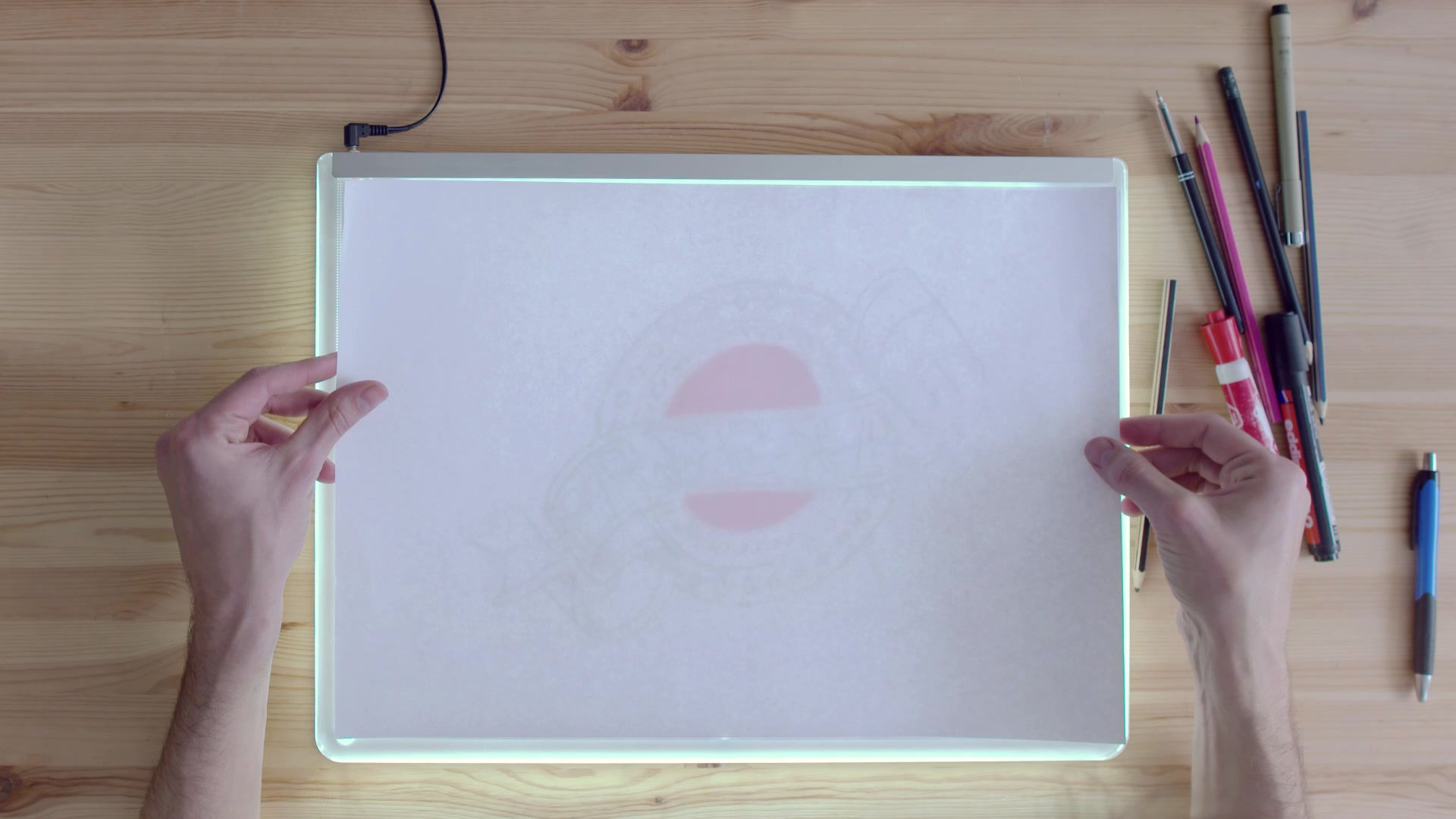
Swimming and scuba diving are two activities that have been enjoyed by many people around the world. However, there is a misconception that Deaf people cannot participate in these activities due to communication barriers. In reality, Deaf people can swim and scuba dive just like anyone else, and with the right techniques, they can also communicate effectively with hearing people. This article will explore how deaf people can swim and scuba dive, as well as how they can communicate with hearing people during these activities.
Swimming for Deaf People
Swimming is a great activity for Deaf people as it is low-impact and can be done in many different environments. Whether you want to swim laps in a pool or explore the ocean, there are many options available. When swimming with hearing people, it is important to communicate effectively to ensure safety and enjoyment.
American Sign Language (ASL) is the most common language used by Deaf people in the United States. It is a visual language that uses gestures, facial expressions, and body language to convey meaning. ASL can also be used in water, making it a great tool for communication while swimming. Deaf swimmers can use ASL to communicate with hearing people by using simple gestures and facial expressions to convey their message. For example, a Deaf swimmer can use the sign for "stop" to signal to a lifeguard that they need assistance.
Scuba Diving for Deaf People
Scuba diving is a more advanced form of swimming that requires additional training and equipment. However, with the right training and support, Deaf people can scuba dive safely and enjoyably. The most important thing to consider when scuba diving as a Deaf person is communication. Underwater, sound travels differently, making it difficult to communicate with hearing people who are not trained in ASL.
To address this issue, Deaf scuba divers can use specialized equipment such as underwater communication devices or hand signals. Hand signals are a common form of communication in scuba diving and can be easily adapted for use by Deaf divers. For example, a Deaf diver can use the sign for "okay" to signal to their dive buddy that they are alright. Deaf divers can also use a combination of ASL and hand signals to communicate more complex messages.
Learning from Deaf People
One of the best ways for hearing people to learn about swimming and scuba diving with Deaf people is to learn directly from deaf instructors or experienced deaf swimmers and divers. These instructors have the knowledge and expertise to teach hearing people the best techniques for communicating with Deaf people while swimming or scuba diving. They can also provide insights into the unique challenges faced by deaf swimmers and divers and how to overcome them.
In conclusion, Deaf people can swim and scuba dive just like anyone else, and with the right techniques, they can also communicate effectively with hearing people. ASL is a valuable tool for communication in water and can be used by Deaf swimmers and divers to convey messages to hearing people. Specialized equipment such as underwater communication devices and hand signals can also be used to facilitate communication. Learning from Deaf instructors and experienced Deaf swimmers and divers is the best way for hearing people to gain a better understanding of how to communicate effectively with Deaf people while swimming or scuba diving. With the right training and support, Deaf people can enjoy these activities and explore the beauty of the underwater world.























































Comments